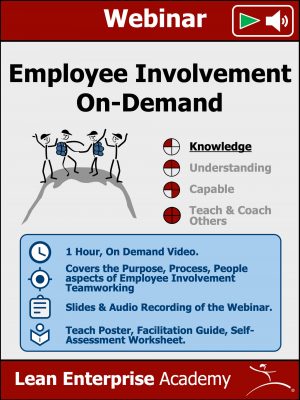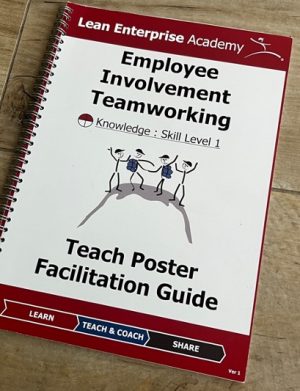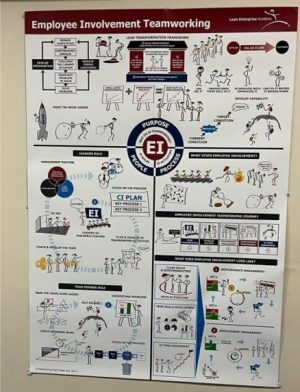What is a Lean Culture and how do you create it ?
Many companies strive to achieve a “lean culture” within their organisation to enable the benefits that companies like Toyota achieve from it. But what do we actually mean by lean culture and how do you create it?
Organisational culture can be described as “the day-to-day activities and the behaviours of people in the organisation”. Just what you do everyday! Organisational leaders heavily influence an organisations culture as everyone else is watching the leaders for their activities and behaviours. The leaders can also allow or NOT allow people to perform activities and behave a certain way.
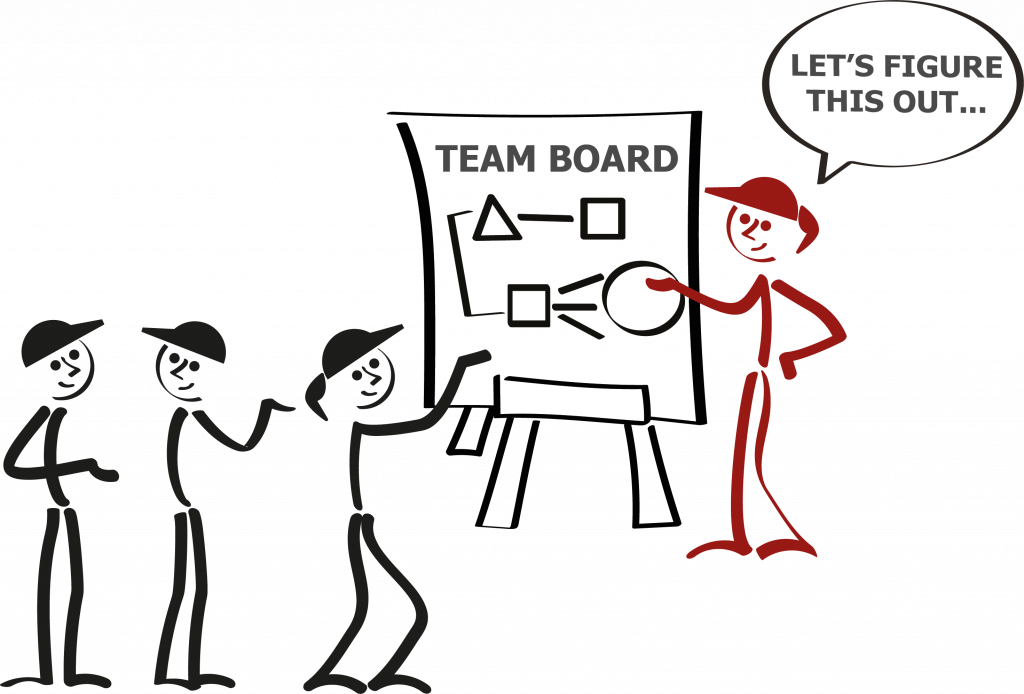
To create a lean culture, the leaders need to be the teaches & coaches of lean thinking & practice. Leaders must demonstrate the right behaviours and embed the right mindset & activities into daily work routines of every team member in the organisation.
Why develop Employee Involvement Teamworking?
To problem solve and improve the daily work, you need the harness the knowledge and expertise of everyone doing the work. To do this the leaders need to develop people capability, give the right skills at the right time to improve processes, learn new ways of working and to sustain improvement. Employee Involvement (EI) teamworking is critical as it provides team members with the right support structure, activities, skills and roles & responsibilities to ensure everyone is engaged.
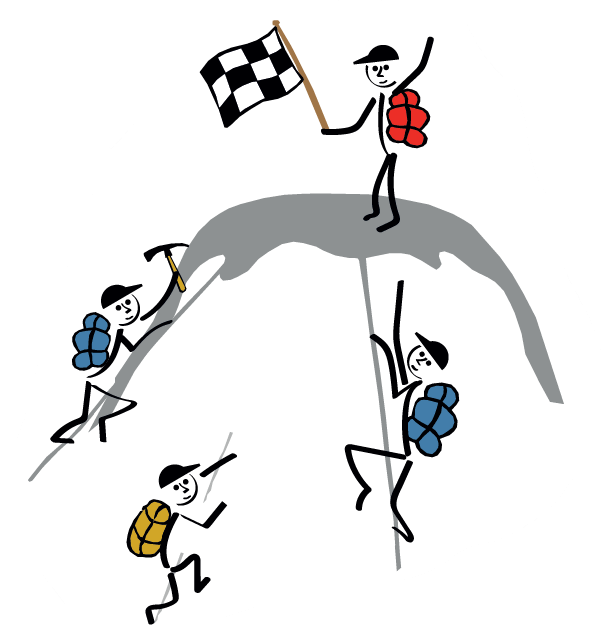
Employee Involvement Teamworking Goal is Self-Reliance
Teamworking in a lean organisation has specific sets of defined systems, activities (ways of working) and behaviours which enables team members to eventually become self-reliant, problem solve performance issues and improvement the daily work.
At the point of self reliance the team members can continuously improve by themselves, thus creating maximum benefit for the company and maximum levels of employee engagement and motivation.
Employee Involvement Teamworking Journey
Many lean journeys start by only applying lean tools to support particular problems to be solved. Just focusing on the use of lean tools & methods does NOT address the understanding around the required roles & responsibilities, behaviours, skills and management systems needed to create a daily continuous improvement culture.
Our latest material is aimed at leaders who want to develop their lean culture and go on the journey to involve, develop and support their team members through EI teamworking.
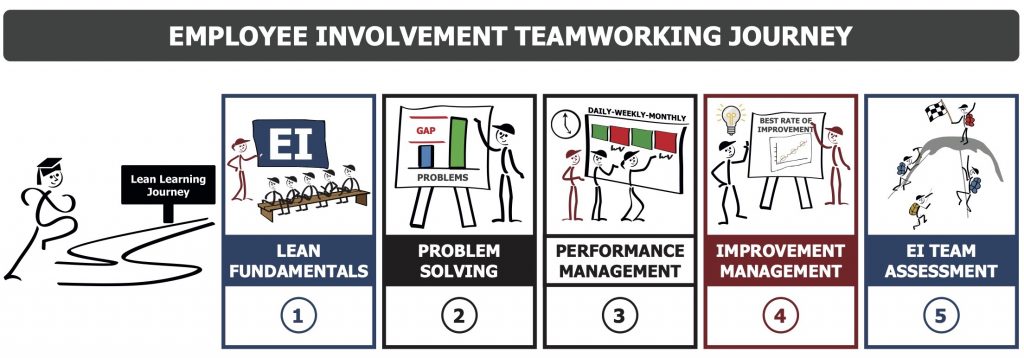
The EI teamworking journey pictured above gives a simple 5 step learning process for leaders to develop team members capabilities and create the necessary systems/management routines to support them. I’ve listed a brief description of each of these steps below:
Step 1 Lean Fundamentals
The EI teamworking journey starts with getting everyone aligned on the very basics of lean thinking & practice. Lean fundamentals are taught to team members by their direct Leaders and introduces team members through “learning by doing” to:
1) Waste reduction.
2) Value added & non-value added work.
3) Leadtime reduction.
4) What employee involvement teamworking is.
Step 2 – Problem Solving
The second step focuses on developing team members problem solving capability so they can use a scientific method to robustly solve problems in their daily work and to help achieve improvement goals.
The leaders must first develop themselves and become capable through practice, then develop the team members in Rapid Problem Solving (RPS). This is a simplified version of the A3 8 step problem solving method. RPS is focused on more “da-to-day” low to mid complexity issues that come up in the daily work of team members.
Step 3- Management System for Performance
To undertsand and manage performance the work to be done must be first be defined well by creating a work standard or standardised , so the current work can be performed repeatably and done :-
- Safely
- With right quality/ service level
- In the right time
- With the right capabilities
- At the right cost (ext / int)
You then have a base line to manage performance too.
The third step on the EI journey is for the team is to develop a PDCA performance system to manage and maintain stability of the daily work processes to the standard.
A Daily Process for the PDCA of Key Process Performance should be in place, so GAPS in KPI’S are acted on. A 10 to 15 minute review should be allocated to understanding performance and managing the Problem Solving actions to close the GAPS against the work standards.
Problem Solving is Key to good performance management, just reviewing the GAP’s in Performance KPI is pointless with out driving problem solving to close those GAP’s and stop repeat problems happing!
Step 4 – Management System for Improvement
To make improvement that aim to achieve higher standards, you will need to develop a different management system and activities, rather than just the daily performance management. Improvement activities need time to be implemented and should be focused around longer term organisational goals and objectives
In step 4, the EI team develops an improvement management system. This enables them to prioritise and carry out their improvement activities to achieve a higher standard. The team visualise, plan and track progress on all aspects of their key process improvement activities. The team should aim to achieve at least 1 hour a week to plan & progress improvement activities.
Improving the work and developing team members capability should be done at the same time. Team members need to be developed in the appropriate lean tools & methods (such as Standardised Work, 8 Step Business Process Improvement, Visual Management etc.) using the right lean tools & methods to address their situational problems/goals as they arise, not through predefined rolled out of training. This is done through an EI teamworking skills development matrix and being directly taught and coached by the leader.
Step 5 Employee Involvement Teamworking Assessment
The last step in the journey is for the team to assess and challenge themselves on how good they are at their employee involvement team working activities. An EI teamworking self- assessment should be carried out by the whole team. The assessment gives a description for a 5 level progression towards excellent EI teamworking.
The team reads through each level starting at level 1 and debates each element by placing a tick to represent if they have meet the criteria in full, or an cross to indicate they haven’t yet fully met criteria and need to plan changes to their team working activities.
The team should progress through one full level at a time and focus on improving one EI teamworking activity in their plan. This way the team can continually develop their lean ways of working and behaviours.
Employee Involvement Webinar
made our Employee Involvement Webinar available to access, along with all the materials used in the session. Using our visual Teach Poster we explain the Purpose, Process & People of Employee Involvement (EI) Teamworking. The session also explains our recommended EI Teamworking Journey, as well as our EI Teamworking Self-Assessment for teams.
Employee Involvement Teamworking Materials
We have researched and developed support materials for leaders to follow and practically use as a learning process for good team working. This learning process enables the right organisational lean culture to be developed and situationally applied by the leaders. The learning materials have launched and are also being developed include:
- Teach Poster & Supporting Facilitation Guide
- EI Teamworking Skills Matrix
- EI Team Self-Assessment
- What Good EI Teamworking Looks Like -Roles & Responsibilities – Teach Poster & Facilitation Guide
- Step 1 – Lean Fundamentals Workshop
If you are interested and want support in developing a daily Employee involvement teamworking culture, then contact us here.
